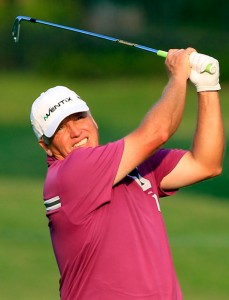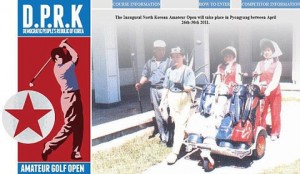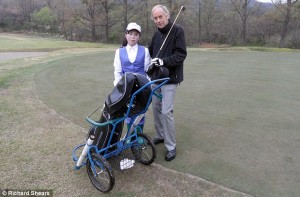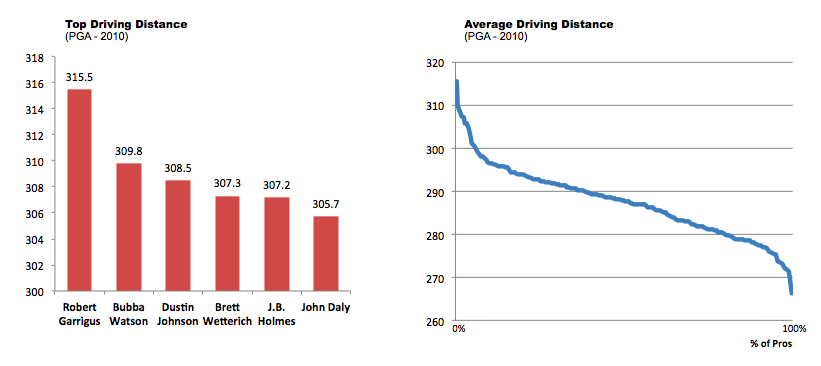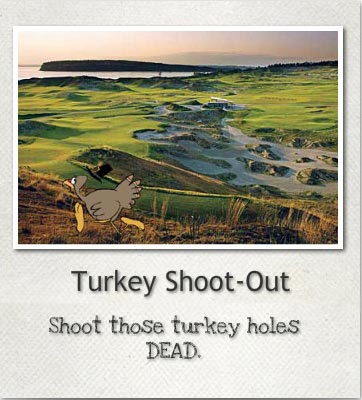For those of you who follow our blog, one of our guest posters is Shawn Augustson, a student at the College of Golf and writes the blog Golf with Shawn and has shared with us some of his recent lessons.
One of our favorites of his recent articles is The 25 Cent Putting Lesson, a tip he learned while working with Class A LPGA Tour Professional Donna White. We’re reposted it for you below:
I made a little image so you can view this drill, it’s not to scale but gives you an idea of what I am talking about. Donna had me place a quarter on the green, and then I put my ball on top of the quarter (later on, I moved the quarter above the ball just as a reminder to look for it).

The red lines in the diagram are for distance. So If I bring my club back two positions, I then need to take it forward five positions on the follow through.
After impact with my ball I need to look for the quarter and hold the follow through position, not immediately look up for the ball. When I see the quarter, then I can turn my head slightly and use my eyes to watch the ball roll into the cup.
To get my rhythm, I slightly hover the club (not ground it) behind the ball and count one. My backswing is a count of two and my forward swing is a three count. So when I putt, in my head I am “One, Two, Three”.
Beginners will see marked improvements in their putting, and experienced golfers will recognize the important fundamentals in this lessons. We would expect everyone to benefit from putting it into practice.

